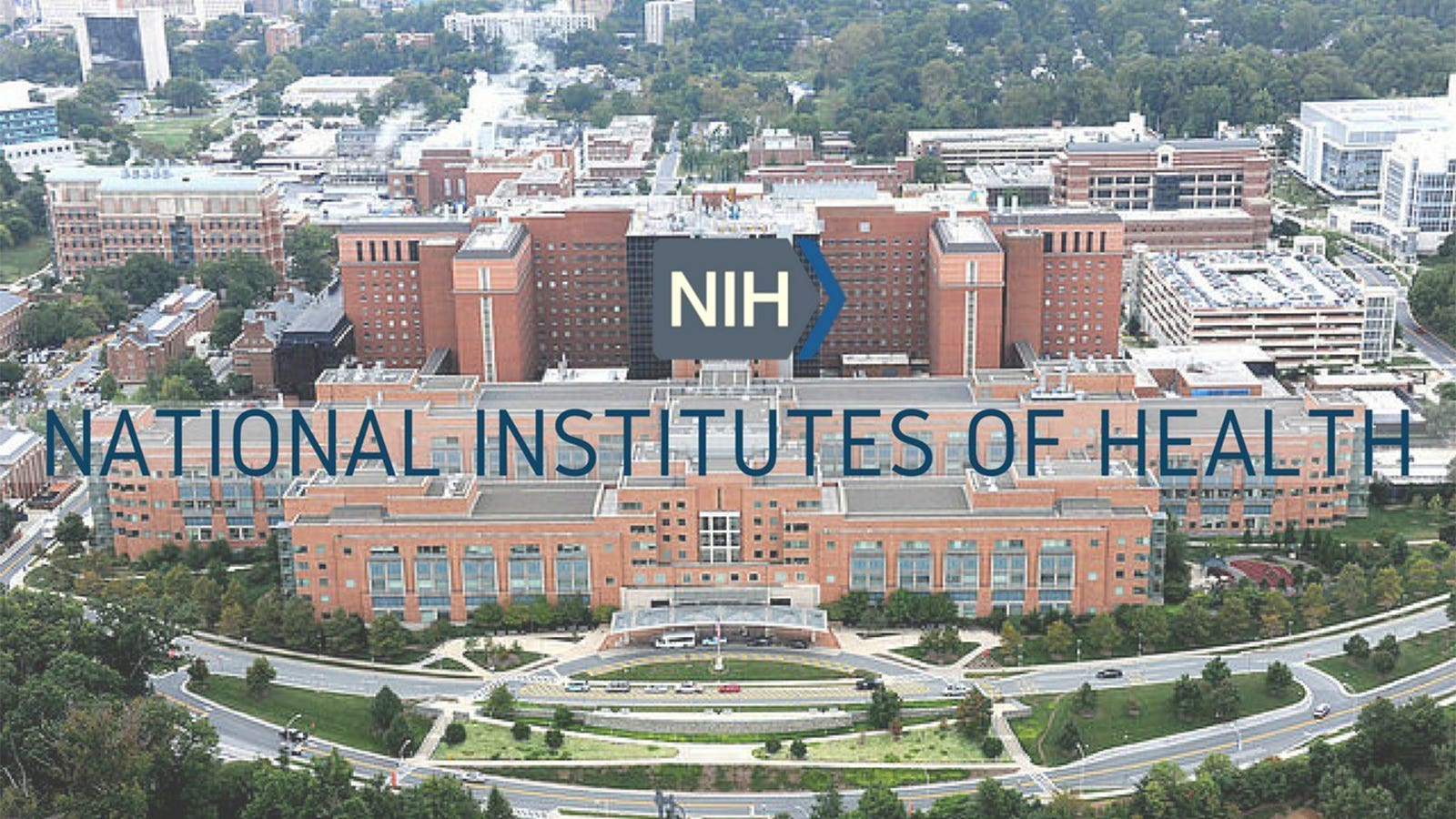Q. The Main Focus Of NIH’s Conflict Of Interest Policy Is?
Answer: Financial conflicts of interest
The National Institutes of Health is the primary agency of the United States government responsible for biomedical and public health research. It was founded in the late 1880s and is now part of the United States Department of Health and Human Services. The majority of NIH facilities are located in Bethesda, Maryland, and other nearby suburbs of the Washington metropolitan area, with other primary facilities in the Research Triangle Park in North Carolina and smaller satellite facilities located around the United States. The NIH conducts its own scientific research through its Intramural Research Program (IRP) and provides major biomedical research funding to non-NIH research facilities through its Extramural Research Program.
As of 2013, the Intramural Research Program (IRP) had 1,200 principal investigators and more than 4,000 postdoctoral fellows in basic, translational, and clinical research, being the largest biomedical research institution in the world, while, as of 2003, the extramural arm provided 28% of biomedical research funding spent annually in the U.S., or about US$26.4 billion.
A conflict of interest policy is used to outline procedures for employees when a possible conflict exists between their own personal interests and the interests of the organization. The main focus of NIH’s conflict of interest policy is basically to prevent financial conflicts of interest.
A financial conflict of interest exists when the recipient’s designated official(s) reasonably determines that an investigator’s significant financial interest could directly and significantly affect the design, conduct, or reporting of the PHS-funded research.





